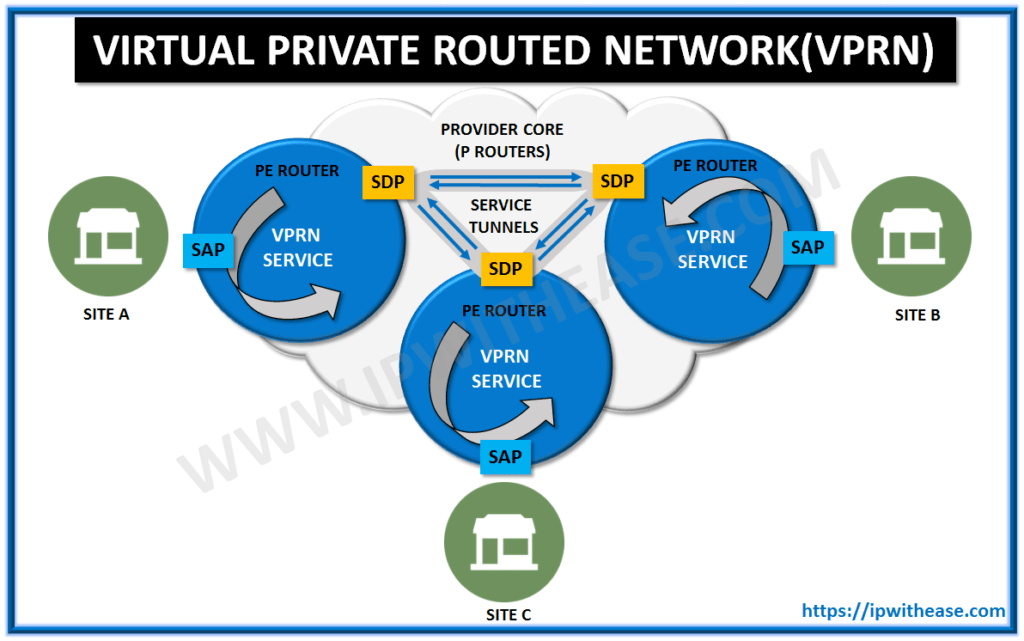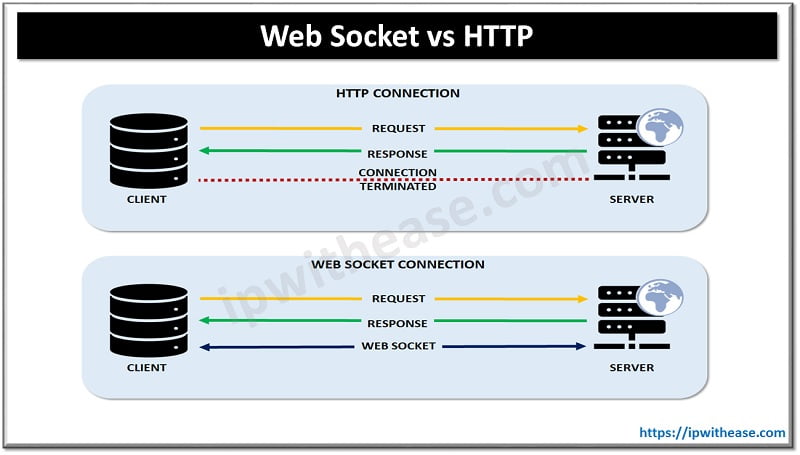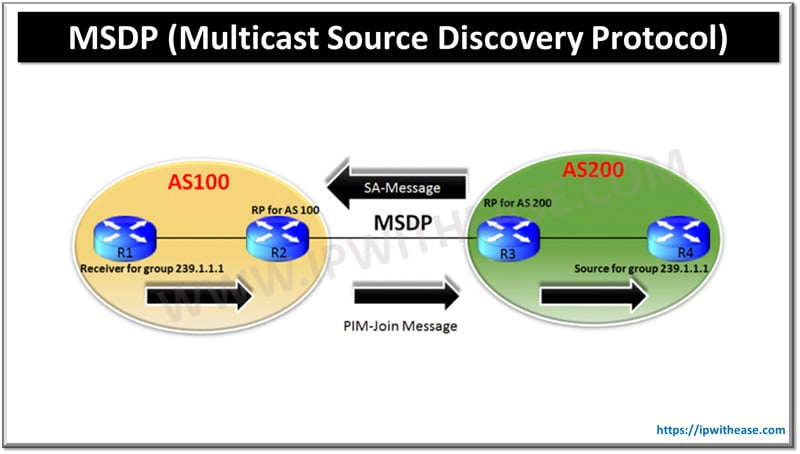Table of Contents
VTP (VLAN Trunking Protocol) is a Cisco proprietary protocol used by Cisco switches to exchange VLAN information. With VTP, network administrator can synchronize VLAN information (like VLAN ID or VLAN name) with switches inside the same VTP domain.
Importance of VTP (VLAN Trunking Protocol)
However, 1st let’s see how and where the VTP is required and why is its very important in switched Layer 2 environment –
Imagine you are a network administrator for a 10 Floor company and need to create multiple VLANs. There is finance, billing and sales teams which will sit on same or different floors. Additionally there may be VLANs which need to be configured on all switches. For e.g. – Management VLAN, VLAN for Vice President and executive members who can site and work on any of the floors.
Now that so many VLANs need to be configured for each department on almost every switch, wouldn’t it be nice that you configure VLANs on 1 designated Switch and the same information is propagated to rest of switches. This is where VTP comes into play. With VTP configured on all the switches, you can create VLANs on one VTP Server and leave all the hassle of creating VLANs on VTP.
One day, boss decides to set a new department in the same office. No hassles for you, just create new department VLAN on VTP Server and there you go – new Department VLAN information is propagated and created into whole LAN environment across all the switches. Just imagine the amount of time and energy one is saving.
VTP Versions
Currently there are three version of VLAN Trunking Protocol (VTP). The functions of VTP Version 1 and VTP Version 2 are almost similar. The support for Token Ring VLANs is there with VTP V2. VTP version 3 has some major enhancements which include reduced risk of unintended changes, support for extended and private VLANs and separate MST instance.
Related: VTP v1, VTP v2 and VTP v3
VTP Protocol: Key Takeaways
Key takeaways on VTP protocol are enlisted below –
- VTP sends messages between trunked switches to maintain VLANs on these switches in order to properly trunk.
- VTP is a Cisco proprietary method of managing VLANs between switches and runs across any type of trunking mechanism.
- VTP messages are exchanged between switches within a common VTP domain.
- VTP domains must be defined or VTP disabled before a VLAN can be created.
- Exchanges of VTP information can be controlled by passwords.
- VTP manages only VLANs 2 through 1002. VTP Version 3 supports up to 4096 VLANs
- VTP allows switches to synchronize their VLANs based on a configuration revision number.
- Switches can operate in one of three VTP modes: server, transparent, or client. Version 3 has and included mode called “OFF”
- VTP can prune unneeded VLANs from trunk links.
VTP Modes
A switch can operate in any one of these VTP modes:
- Server—In VTP server mode, we can create, modify, and delete VLANs and specify other configuration parameters, such as VTP version and VTP pruning, for the entire VTP domain. VTP servers advertise their VLAN configuration to other switches in the same VTP domain and synchronize their VLAN configuration with other switches based on advertisements received over trunk links. VTP server is the default mode.
- Client—VTP clients behave the same way as VTP servers, but we cannot create, change, or delete VLANs on a VTP client.
- Transparent—VTP transparent switches do not participate in VTP. A VTP transparent switch does not advertise its VLAN configuration and does not synchronize its VLAN configuration based on received advertisements, but transparent switches do forward VTP advertisements that they receive out their trunk ports in VTP Version 2 and 3. VTP version 3 also supports creating extended-range VLANs in client or server mode in addition to supporting private VLANs in client and server modes.
- Off (initially was configurable only in CatOS switches)— In the above described modes, VTP advertisements are received and transmitted. In the VTP off mode, switches behave the same as in VTP transparent mode with the exception that VTP advertisements are not forwarded. With invent of VTP v3 , “OFF” mode is supported on IOS also.
Related- VTP Pruning
ABOUT THE AUTHOR

You can learn more about her on her linkedin profile – Rashmi Bhardwaj



